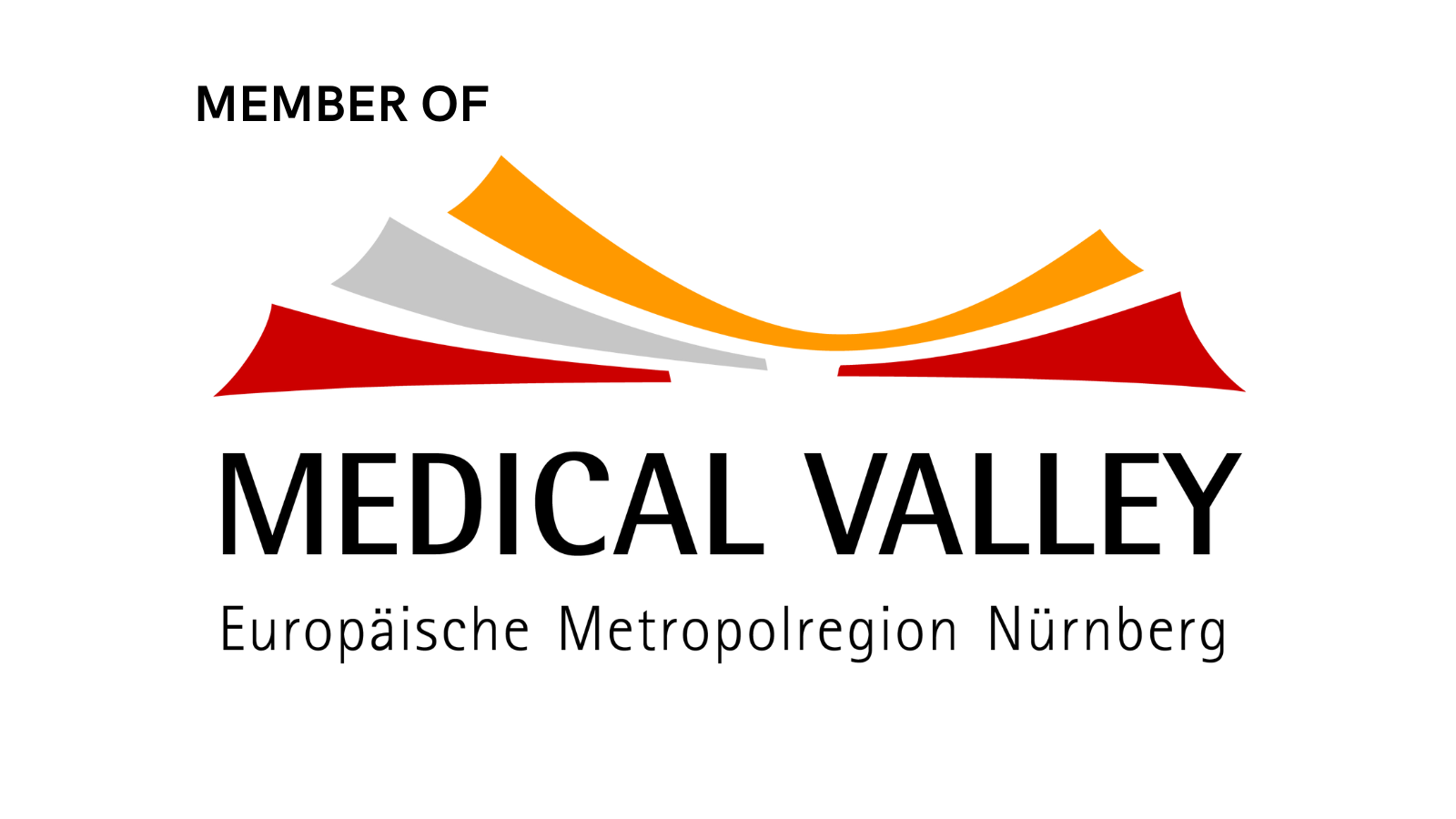China Implements New Measures on EU-Origin Medical Devices in Government Procurement
Effective July 6, 2025, New Rules Target Large-Scale Purchases and Specific Product Categories
In a significant move impacting the medical device sector, China's Ministry of Finance (MOF) has announced that from July 6, 2025, new measures will be implemented concerning the procurement of certain medical devices imported from the European Union (EU) within government tenders. These measures are widely seen as a reciprocal response to recent restrictions imposed by the European Commission on Chinese medical device manufacturers accessing the EU's public procurement market.
Core Provisions of the New Measures
The official MOF notice (Cai Ku [2025] No. 19) outlines three key rules for government procurement activities:
1. Exclusion of EU Enterprises from High-Value Tenders: For medical device procurement projects with a budget of RMB 45 million (approximately USD 6.3 million / EUR 5.3 million) or more, if a public buyer, after fulfilling required legal procedures, confirms that importing products is necessary, they must exclude enterprises from the EU (excluding EU-invested enterprises established in China) from participation.
2. Limit on EU-Origin Goods in Non-EU Bids: For non-EU enterprises participating in such high-value projects, the proportion of medical devices imported from the EU that they supply must not exceed 50% of the total contract value.
3. Exception Clause: These restrictions do not apply to procurement projects where only medical devices imported from the EU can satisfy the procurement requirements. In such cases, buyers must organize professional personnel to demonstrate the necessity and submit supporting materials.
The measures include a grandfather clause, stating that they do not apply to projects where the winning bidder or transaction result was already announced before the implementation date of July 6, 2025.
Comprehensive List of Affected Medical Device Products
The measures apply to a extensive and detailed list of medical device categories, as specified in the annex to the MOF notice. The product list is translated exactly below:
Product Name (English Translation)
Surgical Instruments
General Examination Instruments
Medical Electronic Physiological Parameter Detection Instruments & Equipment
Medical Optical Instruments
Medical Ultrasonic Instruments and Equipment
Medical Laser Instruments and Equipment
Medical Endoscopes
Physical Therapy, Rehabilitation, and Sports Therapy Instruments & Equipment
Medical Magnetic Resonance Equipment
Medical Magnetic Resonance Equipment Auxiliary Devices
Medical X-ray Diagnostic Equipment
Medical X-ray Auxiliary Equipment and Components
Medical Radiation Therapy Equipment
Nuclear Medicine Diagnostic Equipment
Nuclear Medicine Diagnostic Equipment Auxiliary Devices
Medical Radiation Protection Equipment
Medical Radiation Monitoring & Detection Equipment and Appliance
Clinical Laboratory Equipment
Pharmacy Equipment and Utensils
Extracorporeal Circulation Equipment
Artificial Organs and Functional Assist Devices
Prosthetic Devices and Components
Operating Room Equipment and Accessories
Emergency and Life Support Equipment
Interventional/Implantable Diagnostic and Therapeutic Devices
Ward Nursing and Hospital Equipment
Medical Low-Temperature and Cold Therapy Equipment
Epidemic Prevention & Protection Equipment and Utensils
Assistive Devices for Disabled Persons
Orthopedic Implant Components
Dental Equipment and Instruments
Veterinary Equipment
Medical Equipment Parts and Components
Other Medical Equipment
Uniforms (Medical Use Only)
Heparin Category
Globulin, Albumin
Blood Product Preparations
Other Blood Products
Blood Group Reagents
Chemical Pharmaceutical Preparations for Imaging Examination
Organ Function Test Agents
Other Diagnostic Reagents for Patient Use
Diagnostic or Laboratory Reagents with Backing
Diagnostic or Laboratory Reagents without Backing
Empty Capsules
Other Diagnostic & Laboratory Reagents for Non-Patient Use
Daily-Use and Medical Rubber Products (Medical Use Only)
Context and Implications
This policy is a direct response to the European Commission's adoption of its first measure under the EU's International Procurement Instrument (IPI) on June 19, 2025. The EU measure, effective June 30, 2025, restricts Chinese economic operators and medical devices originating in China from participating in EU public procurement tenders for medical devices valued at €5 million or more. It also limits the value of Chinese-origin devices in any successful bid to 50%. The EU cited limited access for its companies in China's medical device procurement market as the reason for its action.
Key nuances of China's retaliatory measures include:
· "EU Enterprises" vs. "Origin": The exclusion targets EU-based enterprises (as defined by their registration and substantive operations), regardless of where their products are made. The 50% limit applies to the origin of the products (i.e., imported from the EU) supplied by non-excluded bidders.
· Protection for "In-China" Operations: EU-invested enterprises established in China (e.g., subsidiaries, joint ventures) are not excluded and can participate in tenders. Furthermore, medical devices manufactured by these entities within China are not considered "imported from the EU" and thus are not subject to the 50% value limit, protecting the supply chains of companies committed to local production.
· Clarification on Threshold: The RMB 45 million threshold applies to the total budget amount of the procurement project, not the unit price of a single device, though a single high-value device could trigger the threshold.
· Applicability: The rules apply to government procurement, not procurement activities by state-owned enterprises (SOEs).
Outlook
The implementation of these reciprocal measures marks a significant escalation in trade frictions between China and the EU within the strategic medical device sector. While the immediate impact may be limited to the largest tenders, it introduces new complexity and compliance requirements for both public buyers and global medical device suppliers participating in the Chinese market. Suppliers will need to carefully assess their corporate status and product origins when bidding for large government contracts in China. The measures are set to remain in force, potentially influencing future trade negotiations between the two economic powers





